RMIT researchers demonstrate working rechargeable proton battery
Green Car Congress
MARCH 8, 2018
Researchers at Australia’s RMIT University have demonstrated for the first time a working rechargeable “proton battery”. The rechargeable battery is environmentally friendly, and has the potential, with further development, to store more energy than currently-available lithium ion batteries. Earlier post.)


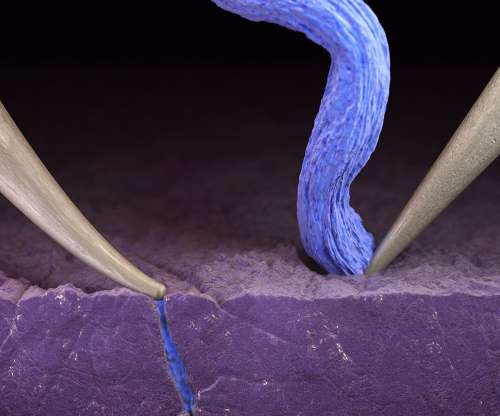








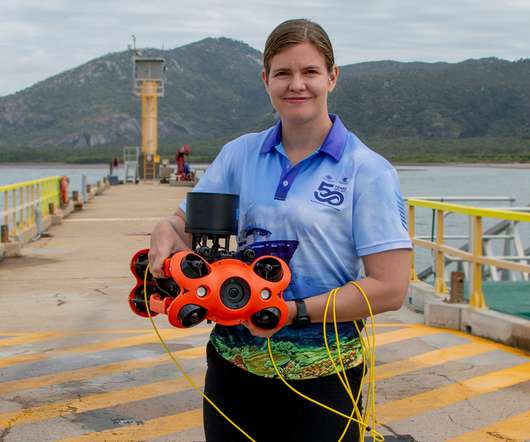













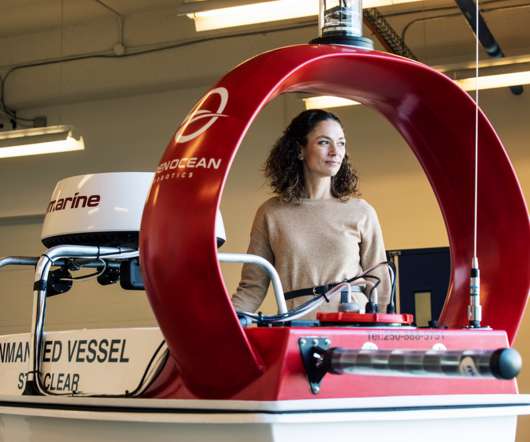

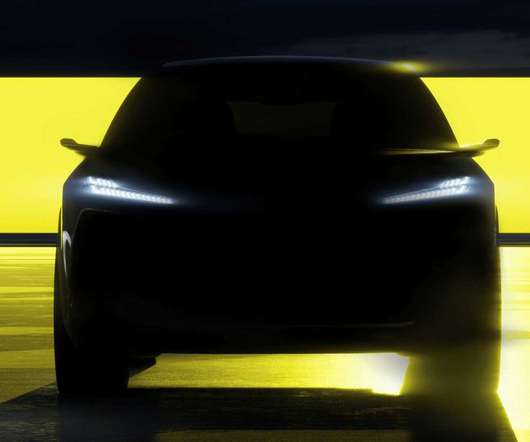

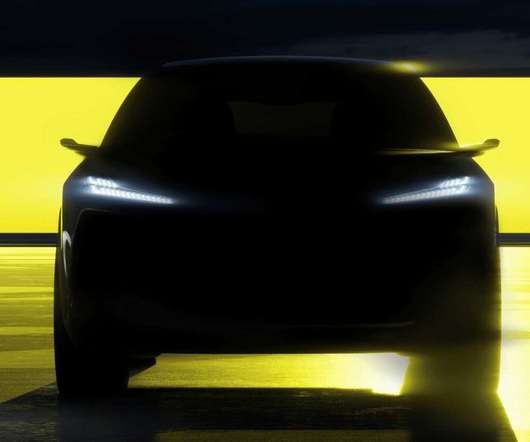



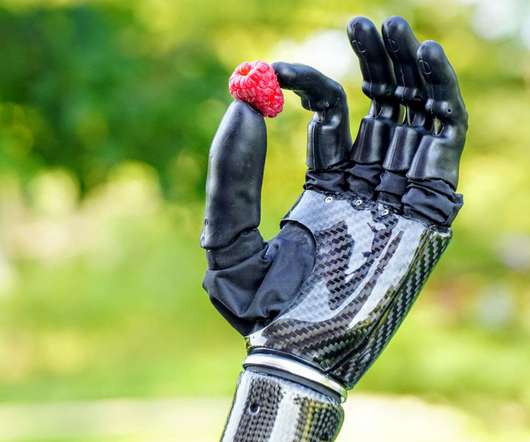










Let's personalize your content